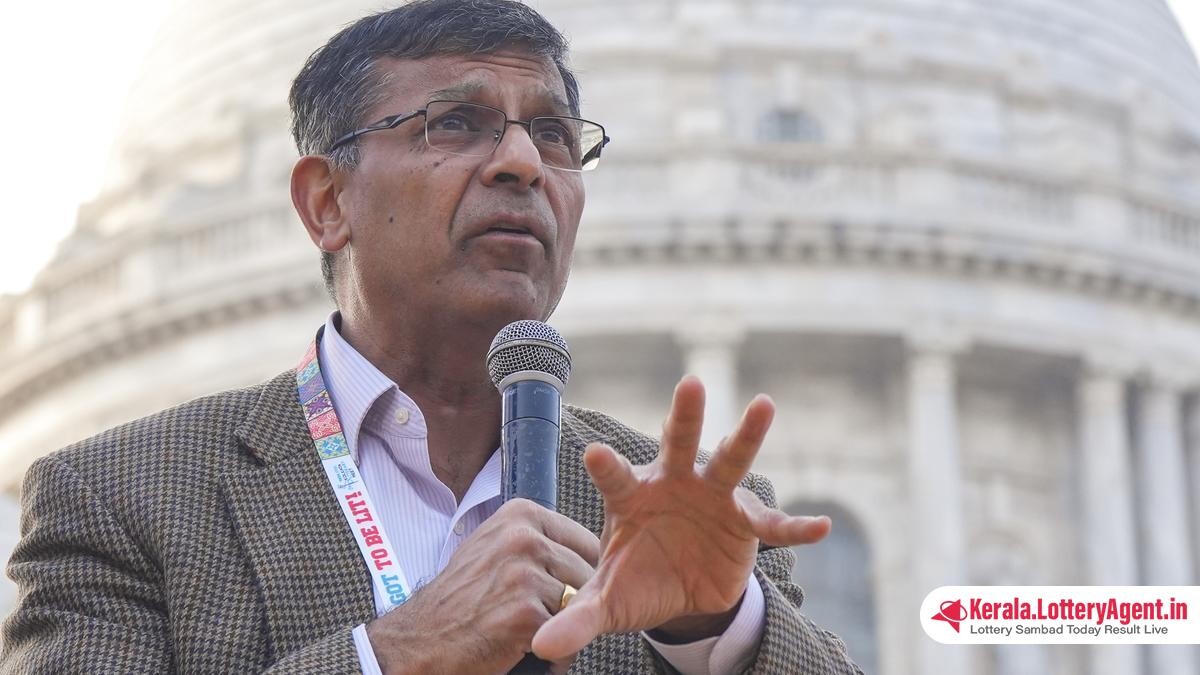
India is failing to realize the full potential of its demographic dividend, former Reserve Bank of India governor Raghuram Rajan declared on April 16th, highlighting an urgent need to enhance human capital and skill levels across the nation.
Speaking at a conference titled “Making India an Advanced Economy by 2047: What Will it Take” held at George Washington University, Rajan expressed concern that while the country is in the thick of its demographic dividend—a period where a large proportion of the population is of working age—it is falling short of reaping the benefits.
“I think we are in the midst of it (demographic dividend), but the problem is we are not reaping the benefits,” Mr. Rajan said frankly, attributing the underperformance, in part, to inadequate job creation and skill enhancement.
Pointing to the need for a deeper analysis, Rajan commented, “That’s why I said 6% growth. If you think that’s about what we are right now, take away the fluff in the GDP numbers. That 6% is in the midst of a demographic dividend.” He compared this unfavorably to the higher growth rates of China and Korea when they experienced similar demographic opportunities. “And that’s why I’m saying we are being overly complicit when we say this is great. This is not because we are losing the demographic dividend because we are not giving those guys jobs,” he elaborated.
Addressing how India can better create jobs, Rajan suggested enhancing the capabilities of the populace while simultaneously changing the nature of available jobs, emphasizing the importance of apprenticeships as suggested in the Congress party’s manifesto.
On the topic of job creation, Rajan criticized India’s massive investments in chip manufacturing, questioning the wisdom of investing billions to subsidize an industry that doesn’t create as many jobs as others that are currently underperforming, such as the leather industry.
As the former RBI governor delved into the issue of India’s brain drain, he highlighted the trend of Indian innovators relocating to foreign shores like Singapore and Silicon Valley. Rajan pointed out the easier access to final markets abroad, but also noted the entrepreneurs’ aspirations to affect global change, signaling a new India imbued with a “Virat Kohli mentality” that believes in being second to none.
Earlier in his presentation, Rajan painted a gloomy picture of India’s employment landscape, citing high unemployment, high disguised unemployment, low labor force participation, and alarmingly low female labor force participation.
He detailed the rise in educated unemployed populations and the overabundance of applicants for government jobs as indicative of deep-seated labor issues in the country, “PhDs applying for jobs as peons in railways,” he remarked to emphasize the point.
While the problem of unemployment festers, Rajan also observed an increase in the capital intensity of manufacturing—a situation at odds with the surplus of underutilized labor.
In conclusion, Rajan’s insights at the conference underscored the pressing need for India to reevaluate its growth strategy and to focus on job creation, skill improvement, and a reimagining of the opportunities granted by its demographic profile, if it truly aspires to become an advanced economy by 2047.












